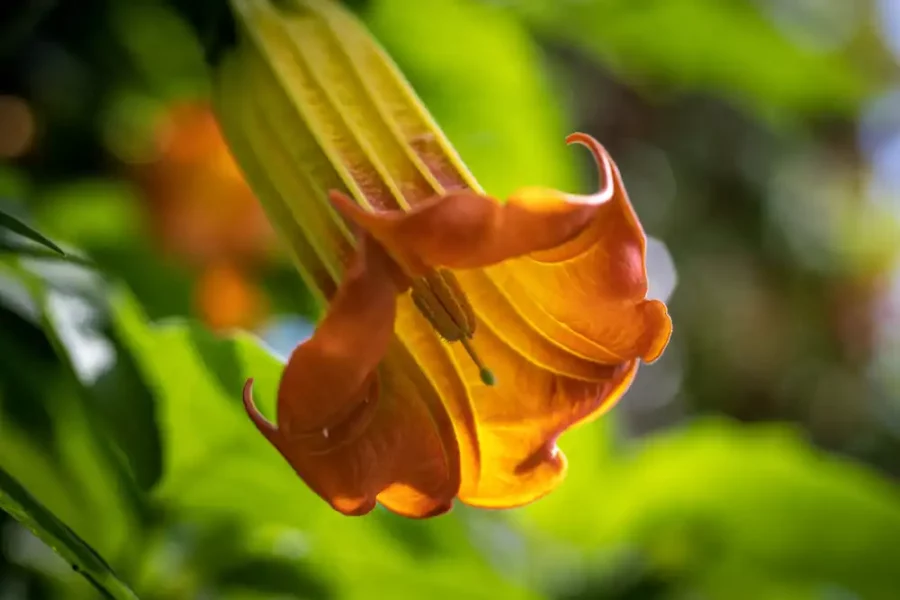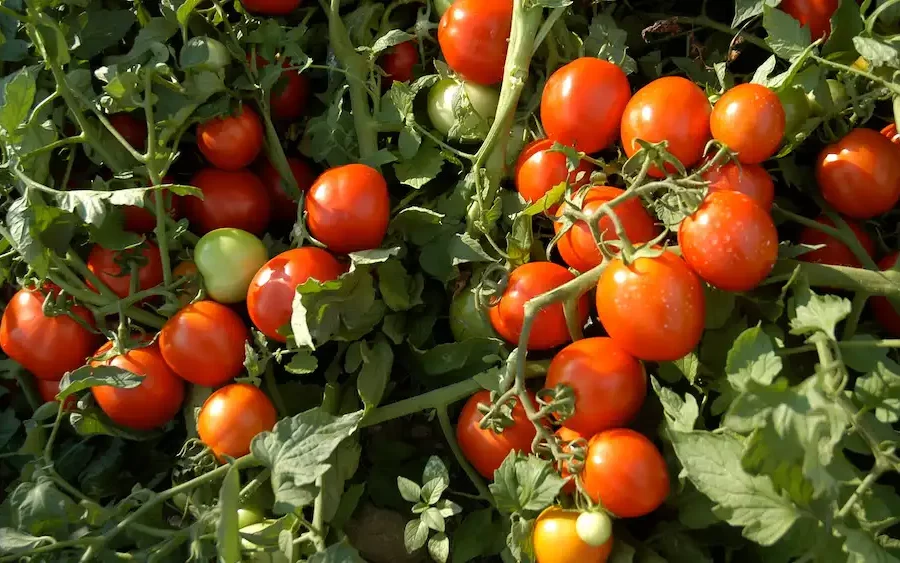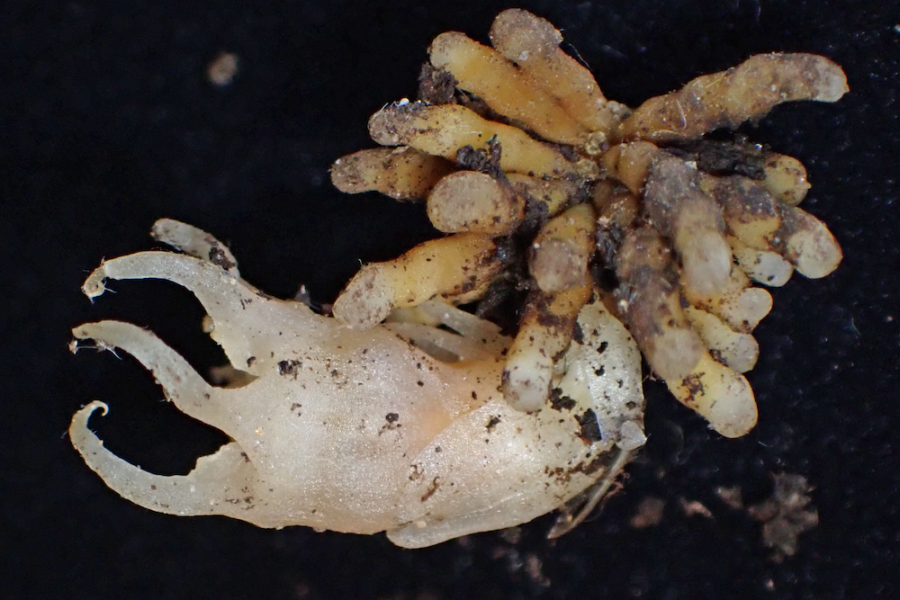Scientists predict the extinction risk for all the world’s plants with AI

Scientists have utilized AI to predict extinction risks for all 328,565 known flowering plant species. This groundbreaking study empowers individuals and researchers alike to assess the extinction threat level of any plant species. The findings highlight the urgency of plant…
Isabel22/03/2024







